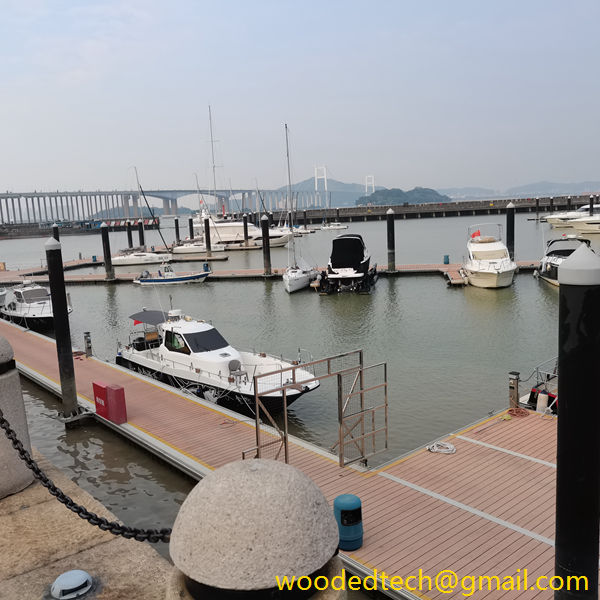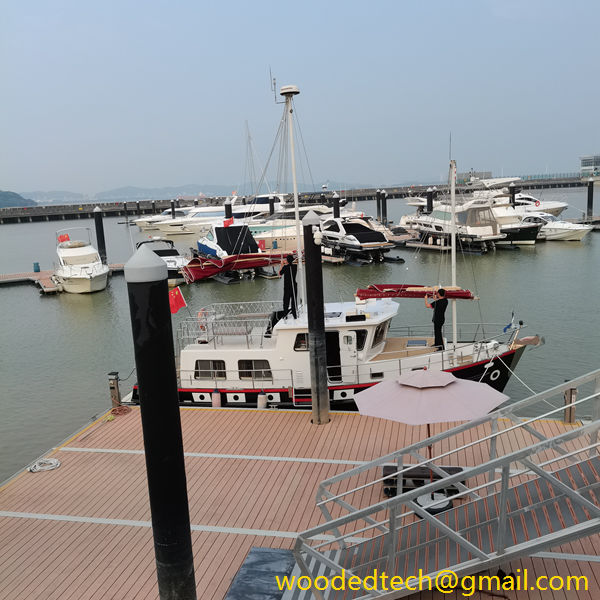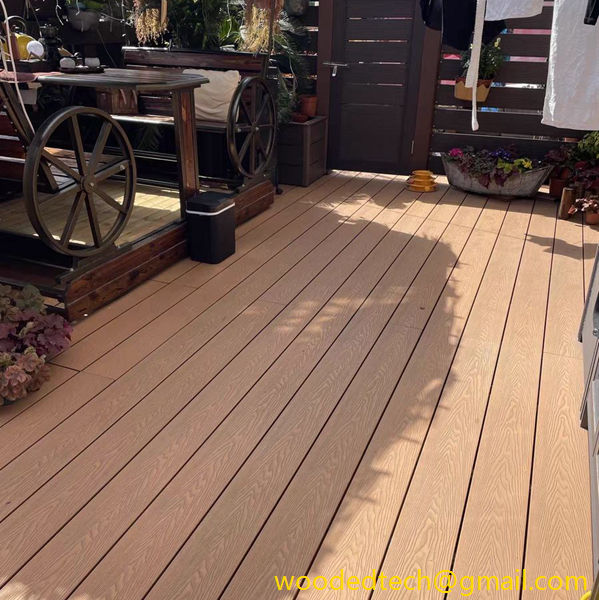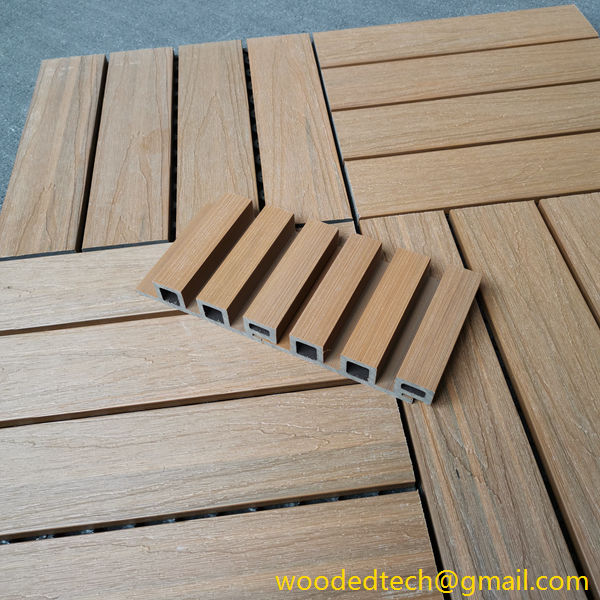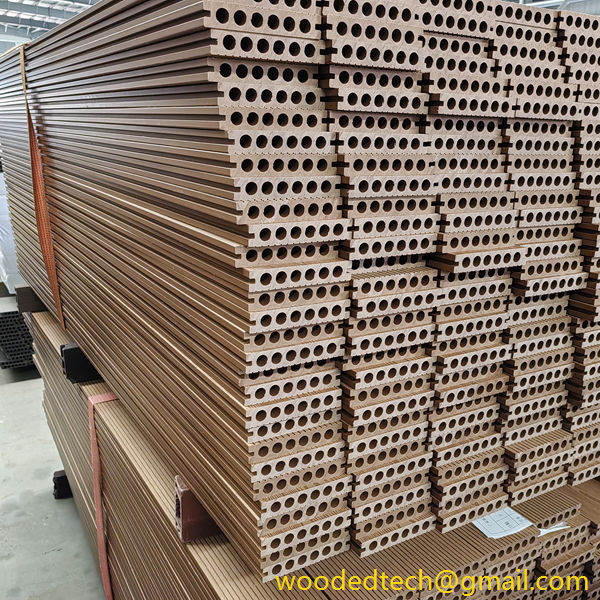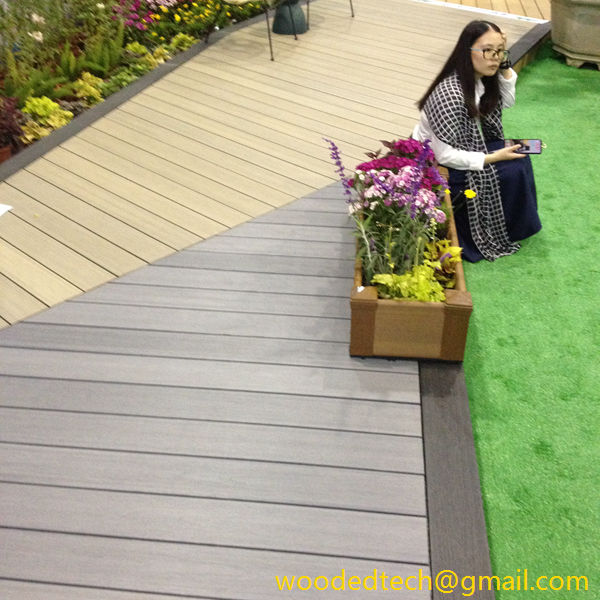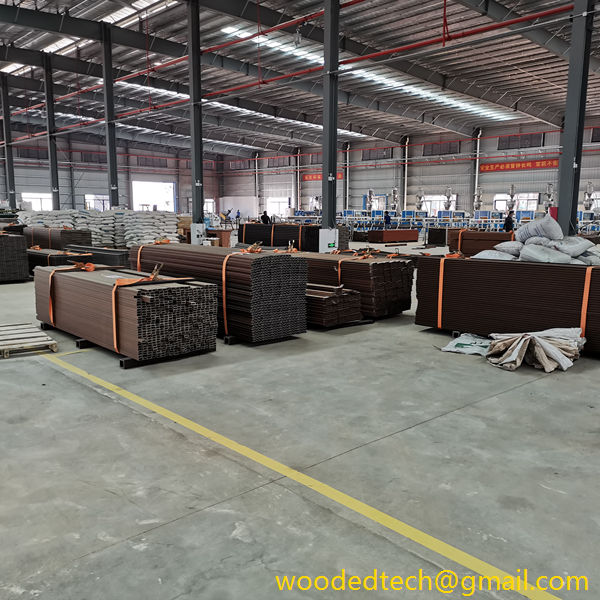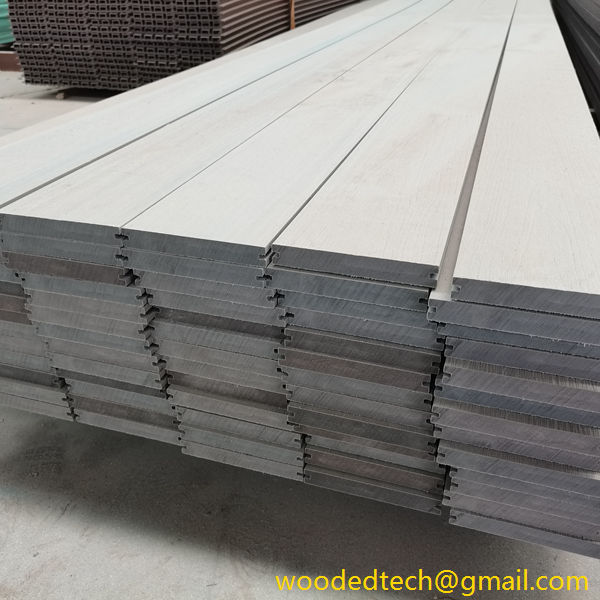How Much Do Composite Boards Cost: Pricing Information for Composite Boards
How Much Do Composite Boards Cost: Pricing Information for Composite Boards Composite boards have gained popularity in recent years as a versatile and durable building material suitable for various applications, including decking, fencing, and siding. One of the primary considerations for homeowners and contractors alike is the cost associated with these materials. Understanding the pricing…
How Much Do Composite Boards Cost: Pricing Information for Composite Boards
Composite boards have gained popularity in recent years as a versatile and durable building material suitable for various applications, including decking, fencing, and siding. One of the primary considerations for homeowners and contractors alike is the cost associated with these materials. Understanding the pricing information for composite boards is crucial for making informed purchasing decisions. In this detailed exploration, we will delve into the factors that influence the cost of composite boards, the average pricing you can expect, and the overall value they offer in terms of easy installation and longevity.
When it comes to determining the cost of composite boards, several factors come into play. The first and most significant consideration is the type of composite material being used. Composite boards are typically made from a blend of wood fibers and recycled plastic. The proportions of these materials can vary, leading to different types of composites, including capped composite, uncapped composite, and PVC boards. Capped composite boards, which have a protective layer to resist staining and fading, tend to be more expensive than uncapped options but offer enhanced durability and longevity.
Another factor affecting the price of composite boards is the brand. Numerous manufacturers produce composite materials, and each brand has its own pricing structure based on quality, features, and warranty offerings. Established brands with a reputation for high-quality products may command higher prices, while lesser-known brands might offer more budget-friendly alternatives. It is essential to research and compare different brands to find the right balance between quality and cost.
The dimensions of the composite boards also play a significant role in pricing. Standard sizes for composite decking typically range from 12 to 16 feet in length and 5.5 to 6 inches in width. Longer and wider boards tend to be more expensive due to the additional materials and manufacturing processes involved. Additionally, specialty boards with unique colors, textures, or finishes often carry a premium price tag. When planning your project, consider the dimensions you require and how they will impact the overall cost.
Another aspect to consider is the installation method. Composite boards can be installed using various techniques, including traditional fasteners, hidden fasteners, or clips. The choice of installation method can influence both material and labor costs. For instance, hidden fasteners provide a cleaner look but may require additional materials or specialized tools, potentially increasing the overall cost. On the other hand, traditional fasteners are generally more straightforward and might result in lower labor costs. It is essential to factor in these installation considerations when budgeting for your project.
In terms of average pricing, composite boards typically range from two to five dollars per linear foot, depending on the factors mentioned above. For example, a basic uncapped composite board may cost around two dollars per foot, while a high-end capped composite board can reach up to five dollars or more. For a standard 12-foot deck, you might expect to pay anywhere from twenty-four to sixty dollars just for the boards alone. Keep in mind that this estimate does not include additional materials such as joists, fasteners, or any necessary tools for installation.
While the initial cost of composite boards may be higher than traditional wood decking, it is essential to consider the long-term value they provide. Composite boards are designed to be low-maintenance, requiring minimal upkeep compared to wood. They do not splinter, warp, or rot, and they resist fading and staining. This longevity translates into lower maintenance costs over time, making composite boards a cost-effective choice in the long run. Additionally, many manufacturers offer warranties ranging from 25 years to a lifetime, further enhancing the value proposition.
One of the most significant advantages of composite boards is their ease of installation. Many manufacturers design their products to be user-friendly, allowing homeowners and DIY enthusiasts to undertake their projects without needing professional assistance. The lightweight nature of composite materials makes them easier to handle than traditional wood, reducing the physical strain during installation. Furthermore, the availability of pre-grooved boards allows for a straightforward installation process using hidden fasteners, resulting in a seamless and polished appearance.
In conclusion, understanding the cost of composite boards is essential for anyone considering them for their construction or renovation projects. The price can vary significantly based on factors such as the type of composite material, brand, dimensions, and installation method. On average, homeowners can expect to pay between two to five dollars per linear foot, although this can fluctuate based on specific project requirements. Despite the higher initial cost compared to traditional wood, the long-term value, low maintenance, and ease of installation make composite boards an attractive option for many. If you are planning a project involving composite boards, it is advisable to conduct thorough research, obtain quotes from multiple suppliers, and consider the overall benefits they provide to ensure a successful and satisfying investment.

